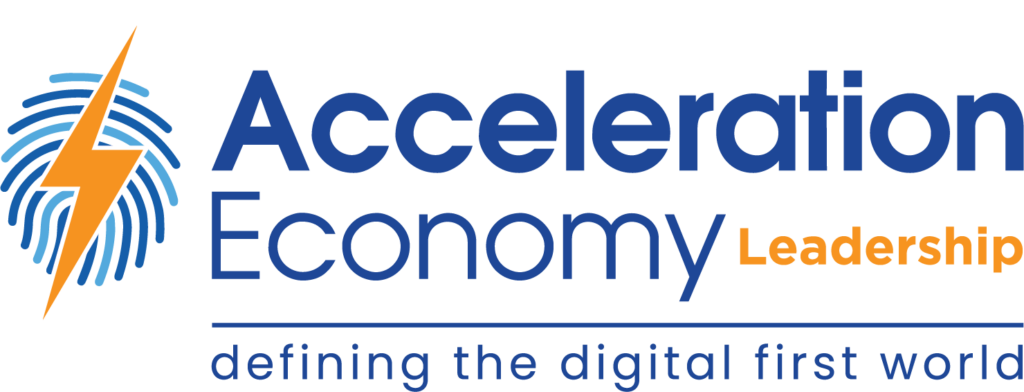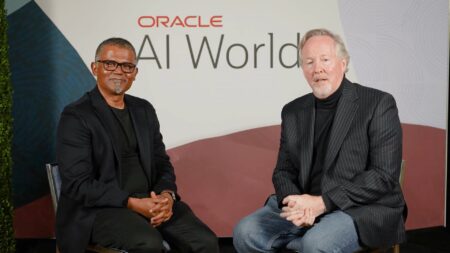What do you get from your job? Well, you do some work and you get paid! Of course, the relationship employees have with their jobs and their employers is more nuanced than that. Especially during society’s most recent upheavals — with a pandemic sending most people home (some to work and others because their employers shut down) for at least a while, and then a ‘Great Resignation’ creating a ‘seller’s market’ for talent — employees and employers have been thinking about, and testing out, different ways of working. Let’s face it: the traditional office-based, Monday through Friday, 9-5 work-week is a relic of the past.
Embracing WFH — Dr. Pangloss Was Wrong
Two years ago, office workers were told, “Be prepared to stay home for a couple of weeks while we ‘flatten the curve.’” Most of these workers had, at best, a work laptop to take home (many used desktops at the office) and a sort of adequate internet connection (until the whole family started streaming content at once). Most IT infrastructures weren’t designed for the shift from office LANs to off-premise internet connections. Many IT staffers had home set-ups that were just a bit better than those of their non-IT peers.
Remember the first few months of 2020? Stuttering video calls, unintelligible audio, laptop nose cams, slow access — or no access — to digital files, and a very overloaded IT ’Service Desk’ trying to configure millions of newly-minted WFH employees? I sure do!
I’ve worked remotely for ten years, so I already had laptops, video lights, headsets, and a proper webcam aimed at my eyes rather than my nostrils. In early 2020, I advised my clients to buy some of that same gear for executives and upgrade networks to handle more remote workers. I badly underestimated the size and duration of the WFH shift, but we did get some upgrades going that saved lots of pain!
Fast forward two years: WFH set-ups improved, collaboration and communication vendors invested billions of dollars in capacity and features, and organizations removed or digitized vast numbers of paper documents and forms. So here we are: working from home doesn’t suck anymore. You can do your job and your organization can remain functional.
Okay, that’s a start! It’s also a tribute to organizations’ unsung IT heroes. They worked long hours for months building a vast infrastructure to handle an unexpected and largely unpredictable workload. But is today’s WFH environment ‘The Best of All Possible Worlds’? Apologies to Dr. Pangloss, but I don’t think so!
Regaining the Human Touch — Springsteen Was Right
What we’re discovering is missing is, to quote Bruce Springsteen, “Just a Little of That Human Touch.” We’ve got productivity and even efficiency, but what’s happening to organizational culture? For instance, have the bonds between employees weakened because we’re mostly interacting over webcams? “Yes, but” is my unscientific answer, based on two years of observation and discussion and forty years of experience working.
Let’s consider how organizations might regain that ‘Human Touch.’
Acknowledging Culture
Recognize that culture is an actual thing and that it needs definition, evolution, communication, and action. Here’s a definition of culture: “the beliefs and behaviors that determine how a company’s employees and management interact and handle outside business transactions[4].”
Every organization has a culture, regardless of whether the C-Suite has explicitly defined one. Culture guides employees in their behavior. Some behaviors are rewarded — explicitly with things like promotions and bonuses and implicitly by being talked about as ‘the way we do things here’. Meanwhile, others are discouraged — again, explicitly and even more so, implicitly.
The set of ‘war stories’ and ‘object lessons’ that are reinforced by powerful employees — those with positional power and those with personal power — define the actual culture or an organization. C-Suite executives must first understand this de facto culture. Then they must decide whether to institutionalize it or change aspects of it (recognizing that change is hard in most organizations).
Understanding Your Workforce to Communicate Culture
With that understanding and once decision-making has been done, the hard part begins: communicating culture to a diverse and distributed workforce. I’m far from being a communications or change management expert, and even less of an organizational psychology expert. What I AM is smart enough to tell you to get those experts involved in understanding your workforce and shaping messages that will resonate with most or all of your employees.
Team and Manager Dynamics
In addition to the overarching organizational ‘Touch’ called Culture, there is a more personal kind of ‘Human Touch’: Team and Manager dynamics. Employees don’t interact with the organization as a whole. Most of us interact primarily with our manager(s) and with a small number of teammates (who might work for the same manager or who may be executing steps in processes we also work on).
Some of the interactions we have with our teammates can occur via structured video or audio meetings and via emails about ‘work stuff.’ But it’s every bit as important to facilitate interactions that aren’t as task-oriented.
We need better ways of having ‘water cooler conversations’ with co-workers. I’ve seen dedicated channels in Slack or ongoing Chats in Teams used for this purpose, as well as supervisors making a point of calling team members on regular old phones. We have a long way to go in this area, but I know that multiple vendors, as well as researchers, are working frantically on ways to encourage less-structured interactions.
Reinforcing Your Workforce Culture
Let’s make one thing clear: Just being forced to work in ‘the office’ is NOT enough to define and reinforce your culture. I wrote about that fallacy a few months ago: Corporate Culture Isn’t About Office Birthday Parties.
Physical Interactions Even With WFH
Having just said that office work isn’t necessary, what IS desirable is physical interaction among co-workers. That doesn’t mean commuting to the same building on alternate days; it means scheduled get-togethers: at an office, a retreat, a trade show, or even a class. We build trust for and connections with people by means of rich interactions that don’t come through when we’re in a ‘Hollywood Square’ box at a meeting. We need to be sitting across from someone at an offsite or running into them somewhere quiet and when we have a moment to chat.
Final Thoughts
I’m a technologist, so I believe in the power of technology to solve problems. But I believe even more in the power of people. As executives, we need to use technology to empower our employees. As people, we need to create fulfilling work environments for other people, regardless of where they sit (or stand) to do their work.
Want more tech insights for the top execs? Visit the Leadership channel:










